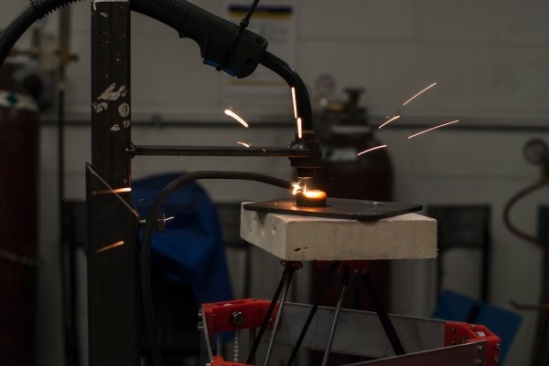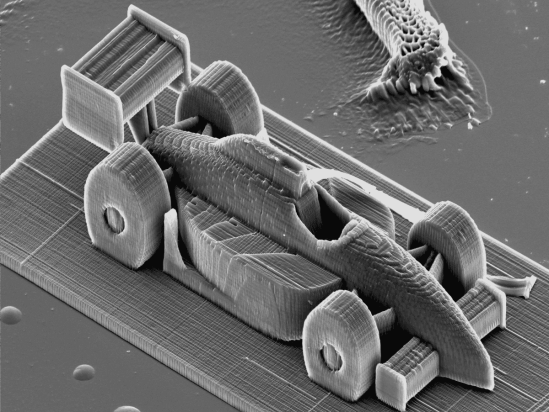Low-cost metal 3D printer could be the next step in home manufacturing revolution:

Low-cost metal 3D printer could be the next step in home manufacturing revolution
A common criticism of 3D printers is that whilst they can easily replicate any number of shapes and objects, they can only do so in plastic. This might be great for printing trinkets like a mobile phone case or a chess set, but how it will it help when you need, say, a new dishwasher part?
However, a new type of 3D printer designed by engineers from Michigan Technological University might solve some of these problems. It’s open source, it costs less than $1,500 and it prints in metal.
The prototype has been developed by Joshua Pearce, an associate professor of materials science and engeineering, who admits that the unit is very much still a work in progress.
However, it still represents a significant breakthrough compared to current 3D metal printers, the vast majority of which are operated by industrial manufacturers and cost hundreds of thousands of pounds.
However, Pearce is optimistic that his design will help spur further development:
“Similar to the incredible churn in innovation witnessed with open-sourcing of the first RepRap plastic 3D printers, I anticipate rapid progress when the maker community gets their hands on it,” he said in a press release. “Within a month, somebody will make one that’s better than ours, I guarantee it.”
Pearce’s design uses a small commercial MIG welder (one that uses inert gas) to lay down thin layers of steel, with the printing process controlled by an open-source microcontroller. The entire ensemble is less expensive than many commercial plastic 3D printers, though Pearce hopes future models will be used by small companies.
 Commercially priced plastic 3D printers are becoming more common, but will they print anything we need?
Commercially priced plastic 3D printers are becoming more common, but will they print anything we need?
“Small and medium-sized enterprises would be able to build parts and equipment quickly and easily using downloadable, free and open-source designs, which could revolutionize the economy for the benefit of the many.”
Unfortunately, the spread of low-cost 3D metal printers would also lead to increased fears of home-made weapons. Although 3D printed plastic guns have so far only proved to be unreliable and dangerous to the user, the first 3D printed metal gun fired over 600 rounds in testing and was said to ‘function beautifully’.
For the rest of it us, it’s still hoped by many that 3D printers will one day enter the home, providing replacements parts for domestic appliances. One US study from August this year even suggested that 3D printers could ‘pay for themselves’ in just two months – though the researchers were restricted by the range of objects available to print.
“I really don’t know if we are mature enough to handle it,” Pearce said of the technology, “but I think that with open-source approach, we are within reach of a Star Trek-like, post-scarcity society, in which ‘replicators’ can create a vast array of objects on demand, resulting in wealth for everyone at very little cost. Pretty soon, we’ll be able to make almost anything.”

